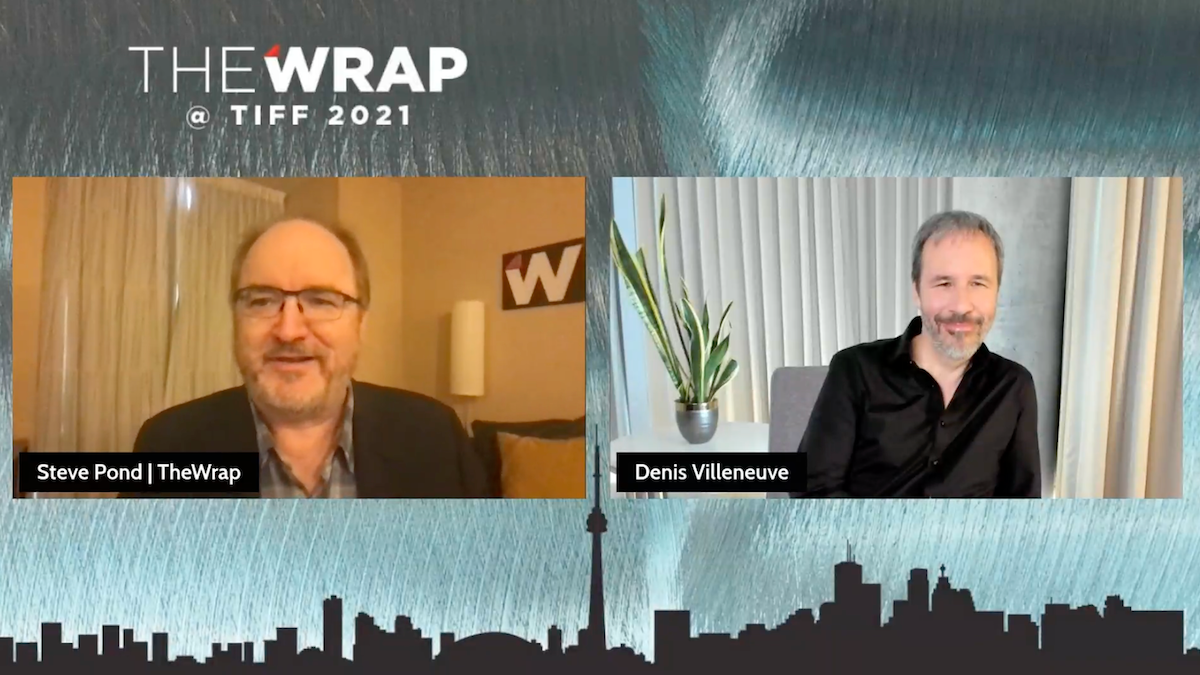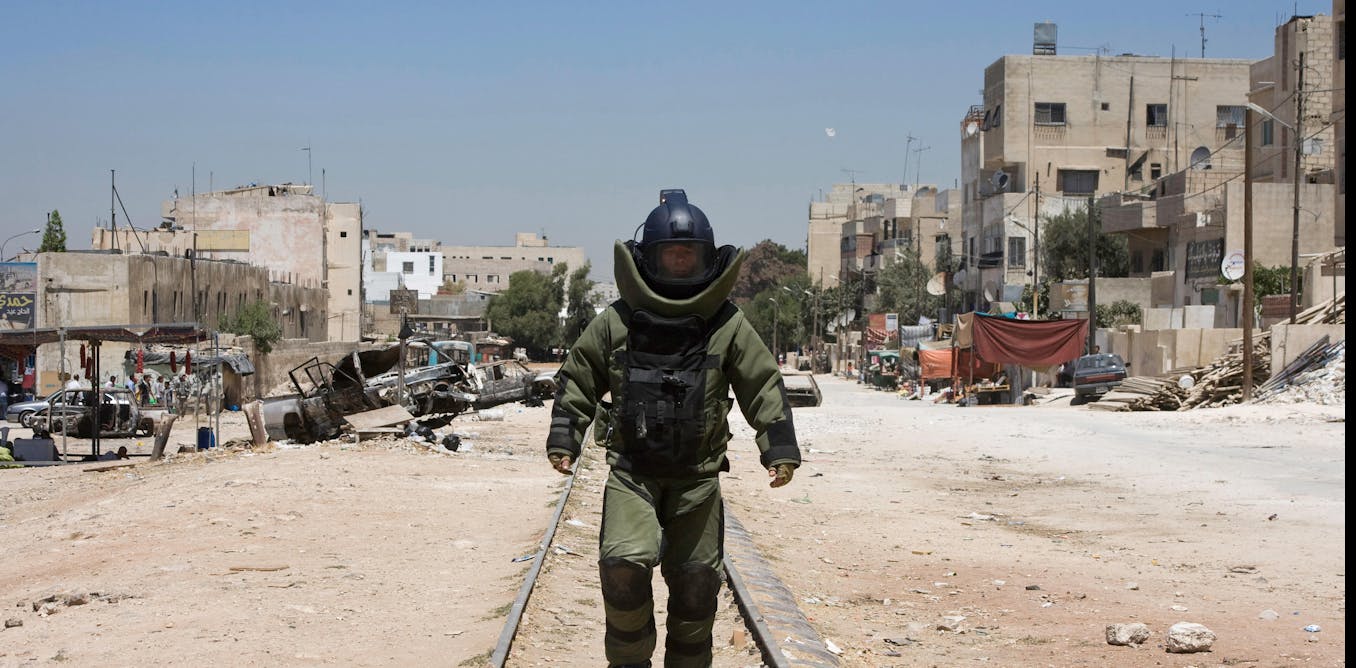Anna Mazurek on Making it as a Travel Photographer and Digital Nomad
14 min readAnna Mazurek has achieved a true photographer dream life. She is an editorial and commercial travel photographer, is paid to roam the world, and photographs for famous publications.
She also teaches photojournalism and business courses at Texas State University and workshops at the University of Texas at Austin. She has led student photo trips throughout India and Southeast Asia and is currently a photo instructor for Lindblad/National Geographic Expeditions. Somehow, she also managed to write a book about financial freedom.
Peter Levitan: Anna there is so much valuable information and guidance that you can share with the PetaPixel audience that I almost do not know where to start. OK, I am over that.
How and when did you decide to become a world traveler and photographer?
Anna Mazurek: I fell in love with traveling and photography while studying abroad in England during my junior year of college at the University of South Carolina. I got my first “real” camera – a Minolta SLR film camera for Christmas a month before I left. I arranged my class schedule so I had Fridays off so I spent most of my time traveling around the country. I loved photographing the crumbling, old ruins the most because I always found beauty in the decay and imperfections. Those five months were a defining point in my career path. Photography and travel became my obsession. In hindsight, the decision to study abroad completely changed the trajectory of my life.
It also inspired me to go to graduate school—I have a master’s degree in photojournalism from the University of Missouri. Initially, I don’t think my goal was to combine travel and photography. It just happened naturally. I’m more inspired to shoot when I travel.
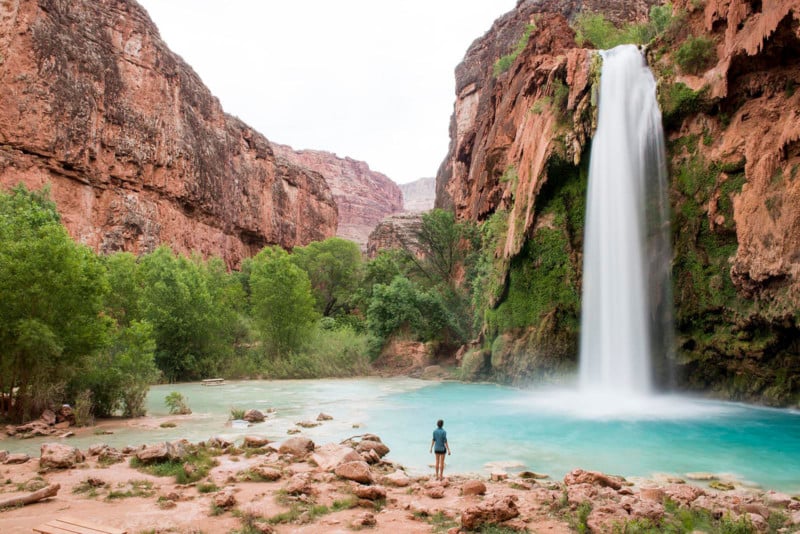
Where have you traveled and photographed? Do you work from a home base or bases?
I’ve been to 52 countries and lived in five—Australia, India, Thailand, England, and the U.S. I ran photo trips in India and Southeast Asia for five summers, which ignited my love affair with that part of the world.
Austin, Texas is my home base, but I was on the road most of the time before the pandemic. Since I hate the cold, I usually spent the winter in Thailand or somewhere warm. The rest of my schedule just depends on work projects or where I want to travel. I’m mostly location-independent at this point, but it took years to build up to this.
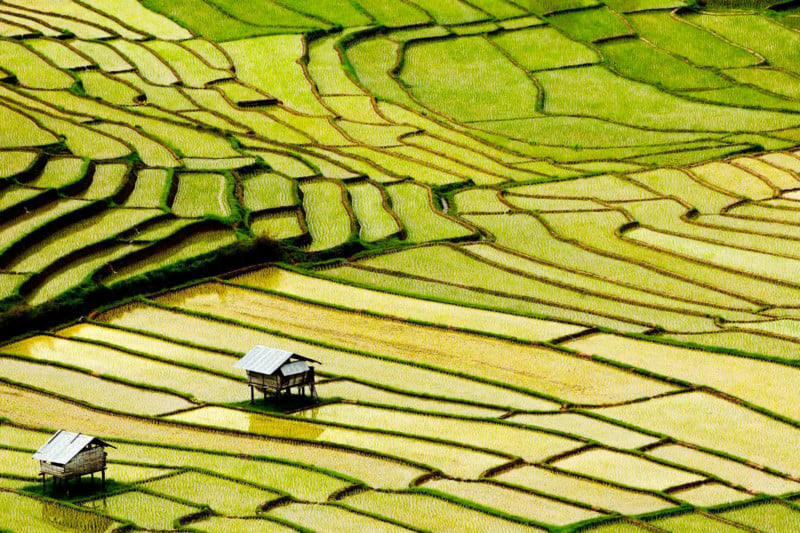
Who have you shot for? Has the mix changed since the 2008 recession and the decline of print?
My photography has been published in a variety of publications including the Washington Post, Rolling Stone Australia, the Wall Street Journal, AFAR, Southern Living, and two National Geographic travel photography books. I’ve also done a lot of corporate work for Facebook over the past few years—I photographed their Facebook Open Arts program at their Austin campuses, which has been a really fun project.
When the 2008 recession hit, I was freelancing full-time and working as a contract photographer for Southern Living magazine getting paid to travel. I had only graduated a year before so things were fantastic. Since recessions aren’t good for freelance photographers, it was a wake-up call when all my work disappeared.
The work I do now is a bit different partly because I’m further along in my career and my goals have changed. I’m still doing editorial work and traveling except publications are often less likely to cover travel expenses now. I’m also doing more corporate work, which was never on my radar in 2008.
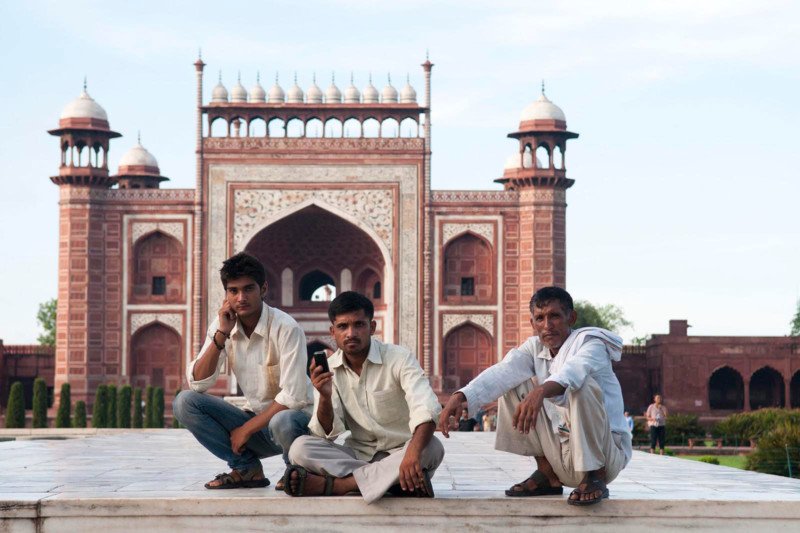
Do you have to change your style for different types of clients?
My style revolves around strong composition, which can be applied to a variety of genres. No matter the client, I always focus on a clean and visually compelling composition. I was hired by an ad agency to do some photography for the new Oracle campus in Austin solely based on my composition skills and work on my Instagram.

Have you combined writing with your photography? If so, is this important to publishers?
Yes, that’s actually one of my main focuses currently. I’ve always been a writer and even minored in writing in both college and graduate school.
As a journalist, I’m a storyteller at heart. My goal is always to tell a story using whatever method available—writing, photography, or both. In the last few weeks, I’ve written stories for the Washington Post, Texas Monthly, and Lonely Planet. Sometimes, I just write but other times, I’ll also do the photography. It depends on the story, situation, and, honestly, my location since I travel so much.
I always try to pitch stories where I can do both because I feel like it’s more compelling to use original photography than generic stock imagery. It allows me to visually showcase important scenes and helps people connect more with the narrative. This summer, I wrote and photographed a cover story for the Washington Post’s travel section about New Mexico that I’m very proud of.
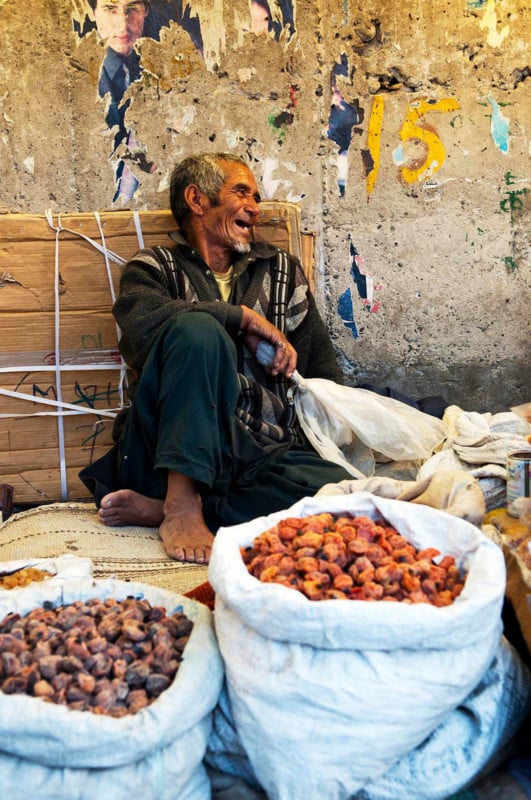
Are editors looking for photographers that can also write the story?
Editors are always looking for photography and art so it can make their job easier. Your goal should always be to make your editor’s life easier. From my experience, the budget for buying photos from a writer is sometimes a per image rate and going to be lower than an editorial day rate. Although, I’ve had situations where they ran so many photos that I made more with a per image rate than I would have with a flat day rate. It varies every time.
If I’m writing a story, I’m going to be shooting anyway. It’s just my nature so it’s just natural for me to combine the two. And, of course, it also increases the number of assignments I get and my income.
Another way I combine my love for both writing and photography is my travel blog where I share travel guides, expert interviews, and personal essays from my adventures at TravelLikeAnna.com.
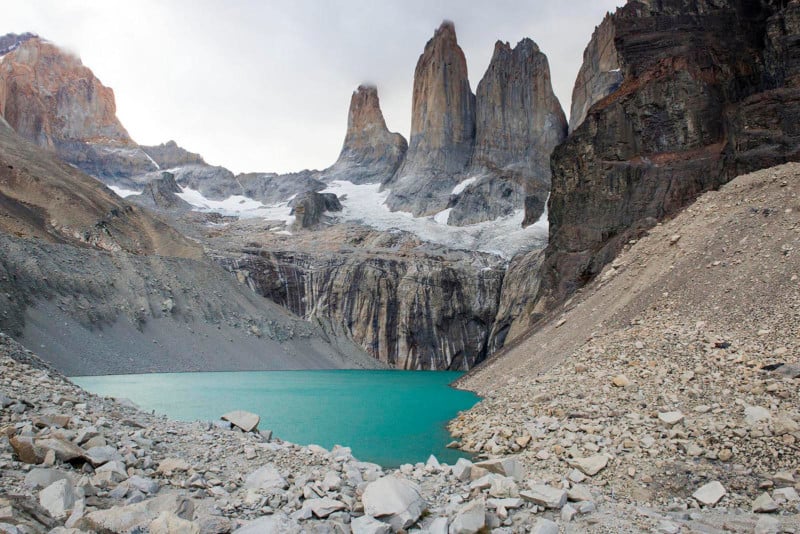
I’m sure many people ask you how you kicked off your business and get your first assignment. Was there a plan?
After graduate school, I did a year-long magazine internship at Southern Progress, a publishing company owned by Time Inc. in Birmingham, Alabama. My internship was at a rural lifestyle magazine called The Progressive Farmer. Even as an intern, I was traveling solo for assignments across the Southeast on an expense account. No other publication at the company offered such a great opportunity to travel and shoot as an intern. They actually sent me to Texas for a shoot, which is how I ended up falling in love with Austin and moving here years later.
During my internship, I was selling my photography at the company art show and a woman said I should go talk to the photo editor at Southern Living, which was based in the same building. I emailed the editor and asked for a portfolio review meeting. He said he wanted to hire me on the spot, but it took six months to get a gig as a contract photographer with the magazine. This was late 2007. The next six months were bliss – I was freelancing full time and getting paid to travel. Then, the economy tanked and my work disappeared. I made a bold move in uncertain times – I decided to move to Australia on a work visa.
Within four months, I had met with every major media company in Sydney and started photographing bands for the Australian edition of Rolling Stone. (I was a music photographer before I focused solely on travel.) I had zero connections in Australia and did everything by cold emailing and calling. While my techniques have shifted and been refined, my persistence has always been one of my best skills.
With Rolling Stone, I got a meeting with the photo editor in Sydney who liked my work. I made sure I got a photo pass to every major music festival that summer in Sydney and Melbourne because I knew they would need photos. My first photo assignment got canceled last minute and the managing editor called me up. He said, “The photo editor thinks you can write.” That’s how I got my first assignment with them, which was a half-page story that I wrote and photographed. While I loved shooting music, moving to Australia eventually lead to my life as a travel photographer. At the end of my time in Sydney, I was hired by a student travel company to run photo trips in India and Southeast Asia.
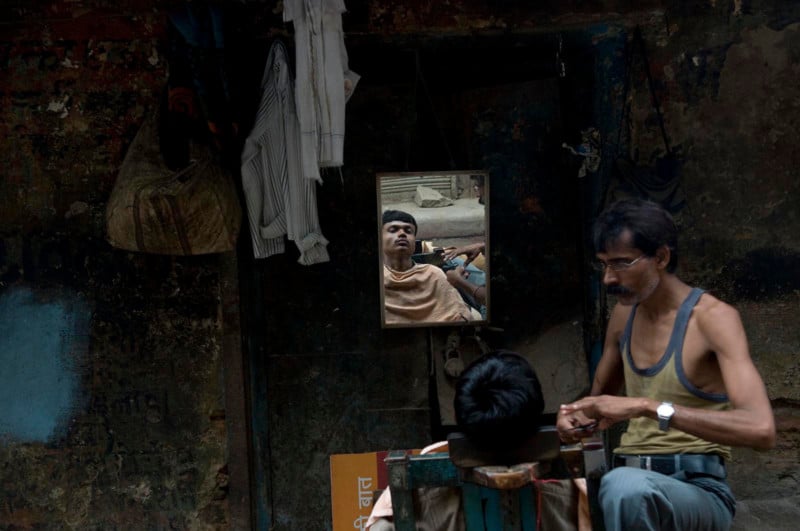
Do you have a tried-and-true system for reaching out to publications – I know you have what you call an ‘approach letter’ – how does that work?
While a lot of work comes to me now, I still believe the majority of my work comes from me reaching out to editors and clients. I often use a tactic that I call an approach letter. I essentially cold email an editor, company, or publication to ask a question and start a conversation. The goal of this tactic is to learn more about the company and how they utilize people with your skillset.
It’s also important to determine if the publication is a good fit for you. The trick is to ask only ONE specific question so you don’t overwhelm the person. It could be something simple like do they hire freelancers? Which editor hires freelancers? Do they accept pitches?
Before the pandemic, I would ask people (editors and even, ad agency art directors) to coffee to show them my portfolio. Sometimes, I’ll just submit a story pitch if I know with certainty that I have the right editor and that they accept pitches. I’ll include a few lines about my background with links to my published work.
I also don’t hesitate to ask about money or budgets. Most publications have set rates so those are easy to share. That also lets you know if it’s worth your time. No one should be writing or shooting a story for $50. I wouldn’t ask this in my initial email but after a conversation has started.
Following up is key—the fortune is always in the follow-up.
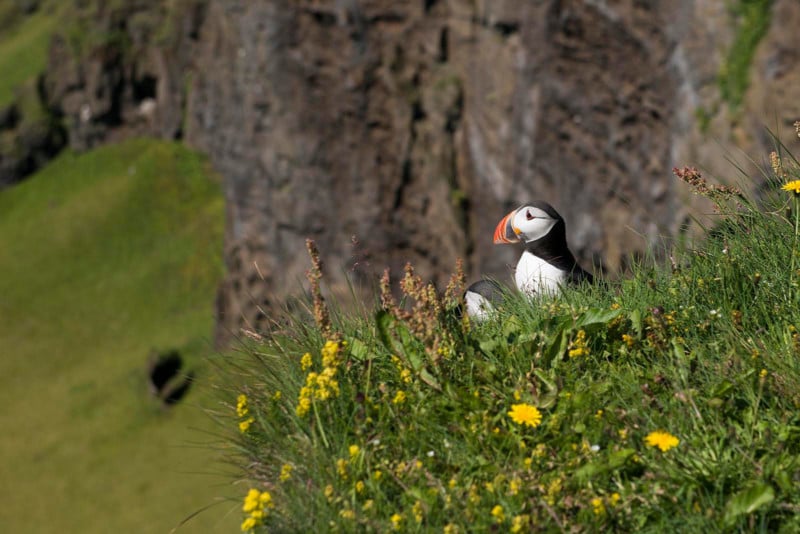
Is there a secret to having a consistent flow of clients?
Diversity = Stability. That’s the secret. It’s the same rule with investing. The goal is to diversify your clients enough so that if one publication closes or one section of an industry is struggling, you still have income from other sources. I didn’t have that in 2008, but I do now.
For me, that’s been a combination of writing, editorial, and commercial photography, teaching courses at universities, and being a photo instructor for travel companies. I also diversity the types of clients within these income sources to increase the stability. It feels like sometimes I’m writing more than I’m shooting and shooting more than I’m writing at other times. The balance of my work varies.
It’s also important to have reoccurring clients or regular projects, which could be monthly, quarterly, or annually. Now, a large portion of my work is from previous clients or editors that I’ve established a relationship with over the past few years. That’s the easiest way to have work come to you.
To be clear, travel is my top priority. I focus on work that will allow me to travel or give me flexibility in my schedule so I can travel on my own.
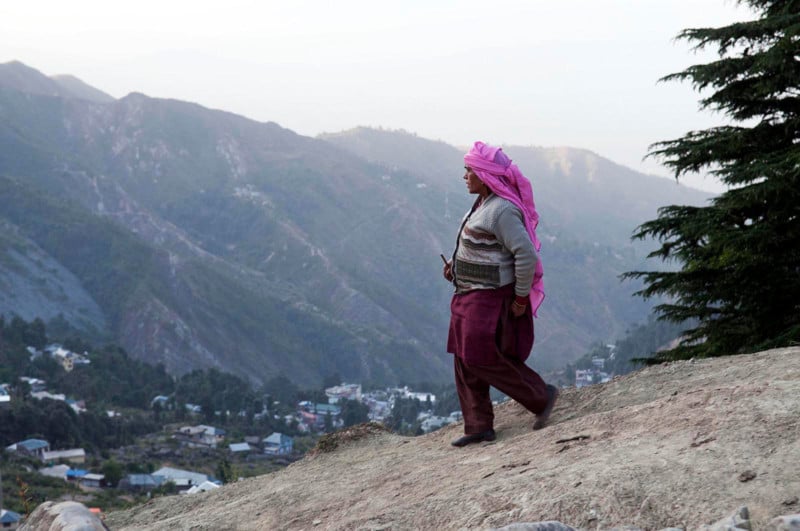
How do you manage the life and business of freelancing?
I’ve been freelancing in some capacity my entire career. (The 2008 recession made me wary of ever trusting a single company or publication with my livelihood.) I love freelancing for the freedom and flexibility of my schedule. I like that I can go paddleboard on a Monday morning and work on Sundays if I want. It also means I can go live in Buenos Aires or Lisbon for a month. If I’m abroad, this can often mean late-night Zoom calls due to the time zone, which doesn’t bother me. It does take a bit of planning, which is one of my strongest skills.
When I was in school, there was no business course to help with marketing, contracts, or pricing. I learned everything the hard way and made a lot of mistakes. I’m grateful for all of the editors and other photographers who helped me along the way.
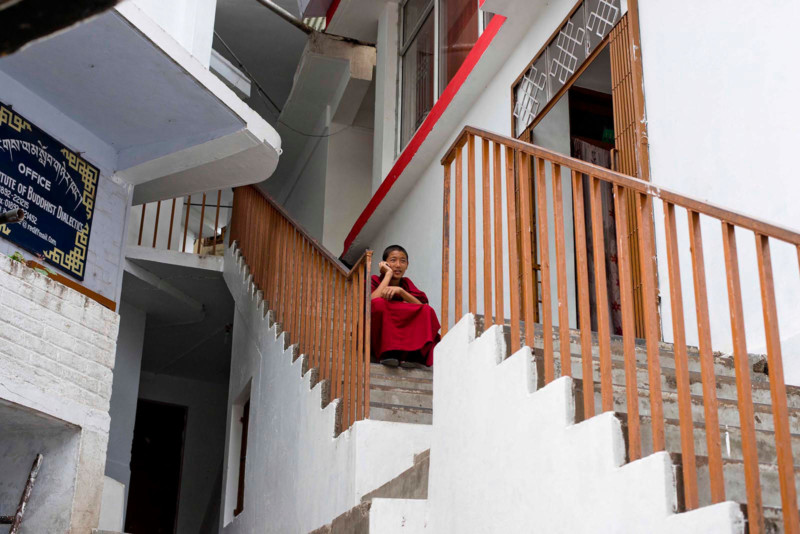
In fact, you teach a course on freelancing at Texas State University and workshops at the University of Texas in Austin.
Initially, I started teaching photojournalism courses and spent two weeks each semester on freelancing and business skills. Students said it was one of their favorite parts of the course and that’s what inspired me to create a freelancing course at Texas State University. Even if a student has a full-time job, they will be asked to freelance at some point in their careers. A study done by Upwork and The Freelancer’s Union in 2017 estimated that half the U.S. workforce would be freelance full-time in 10 years. Freelancing is the future.
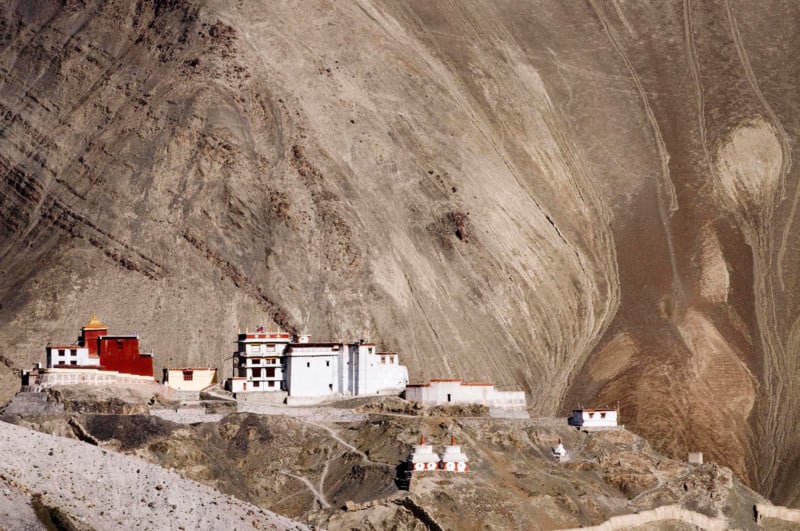
What are your students most interested in learning?
Students are curious about a variety of topics – portfolios, marketing, taxes, contracts but mainly, pricing because no one ever talks about money. My goal is to change that. Since my class is open to all media majors, they want to go into a variety of careers like social media, graphic design, video, etc. While I can speak to photography and writing rates, I don’t have experience in other media fields so I reach out to professionals and, even my former students who freelance, to talk about money and rates. That way I’m providing my students not only with current figures but the strategy behind them from an actual professional in that niche. I also interviewed a CPA to talk about taxes for freelancers and walk my students through every line of the expenses section of a Schedule C form.
Whenever my students have a question I don’t have experience with, I find an expert and interview them to find the answer. I’ve even added an interview series in the course that’s filled with video interviews I do with a variety of professionals. My goal is to eliminate as many hurdles as possible for my students. Teaching this course is the most rewarding thing I do and has also made me a better freelancer.
The most important thing about my class is that I’m actively freelancing. I’m literally doing what I teach for a living. I limit my university teaching work so that it’s never more than 25% of my time.
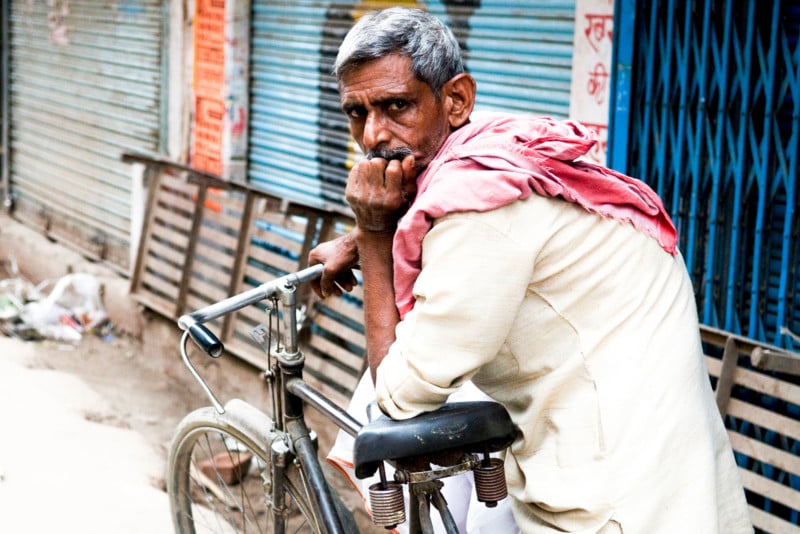
I have to ask the equipment question, especially for a traveling journalist. Do you have a standardized set of equipment?
I try to be very minimal with gear partly because I’m a very tiny person – I only weigh 115 pounds so I can’t really be carrying around half my body weight in gear! I shoot Nikon and travel with one DSLR body, 24-70mm f/2.8, 70-200mm f/2.8 VR, and a 50mm f/1.8. I’ll travel with a second body for certain shoots, but it’s often easier for me to rent an extra body when needed than carry one around with me for months. Sometimes, I’m on the road for six months at a time so I don’t want the extra weight. And, I also travel with a Holga for fun and one roll of film for every month I’m traveling.
I always have my MacBook Pro and usually three portable external hard drives. All of this fits in my 34-liter Osprey backpack that I use as my carry-on. It probably weighs about 25 pounds when everything is in the bag, which is still heavier than I’d like. I never fly budget airlines like Air Asia that weigh your carry-ons because I refuse to check my gear for fear of theft or damage.
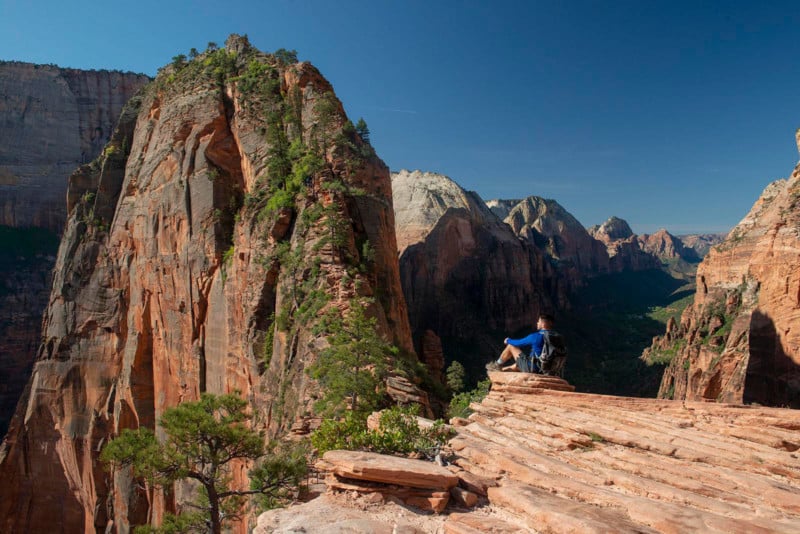
You have distilled your travel expertise into the book Good With Money: A Guide to Prioritizing Spending, Maximizing Savings, and Traveling More. The book, while based on your photojournalism work, provides guidance to anyone interested in maximizing savings and income to achieve their dreams.
My financial philosophy is derived partly from the Buddhist ideal of focusing on a larger goal instead of short-term comfort. In the finance world, it’s often referred to as conscious spending, which is the idea that you indulge in the things you love and relentlessly cut your spending elsewhere. Travel was always the larger goal for me. It came before everything.

Can you share a couple of financial or lifestyle tips?
I follow the 80/20 rule. Invest your money in the 20 percent of things and goals that bring you joy. Your priorities must align with your values. It’s extremely important to understand how much money you are making in relation to your expenses. I tell my students every semester to do this to ensure they understand how much they need to live—rent, food, utilities—when they are negotiating salaries or freelance projects.
My biggest advice is to always focus on the larger goal. For example, when I first moved to Austin in 2013, I rented out my friend’s living room for $230/month. While I could have afforded my own place, I knew this decision was temporary because I was saving money for a year-long South America trip. There are always sacrifices. No one has an unlimited supply of time and money. It all comes down to your priorities.
The reason I am able to freelance full-time and travel nonstop is because I’m good with money. Before I became location independent in 2017, I was saving 50% of my income for 2.5 years to have a cushion to live on bare minimum for 1-2 years. The savings was to ensure that worrying about money didn’t stifle my creativity or choices. While I did dip into that savings a few times, I’ve hardly had to touch it. In addition, I’m also saving for retirement.
There is no freedom like living below your means.
You can find more of Anna Mazurek’s work on her website and Instagram.
About the author: Peter Levitan began life as a professional photographer in San Francisco. He moved into a global advertising and Internet start-up career. Peter photographs people around the world using a portable studio. This is his excuse to travel and meet people.
Image credits: Header photograph: “Masaya Volcano, Nicaragua” by Anna Mazurek



